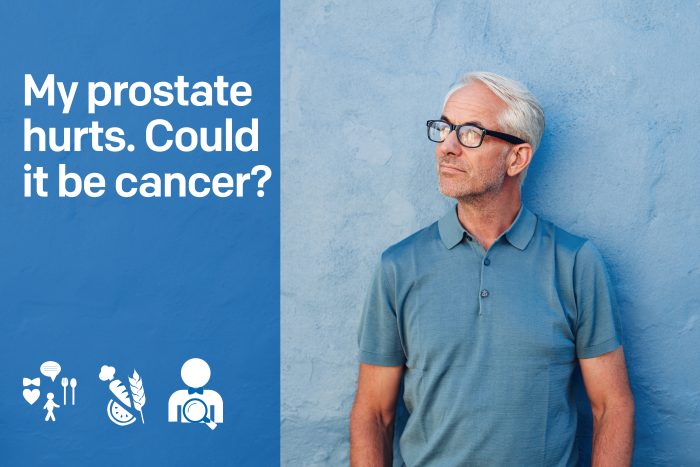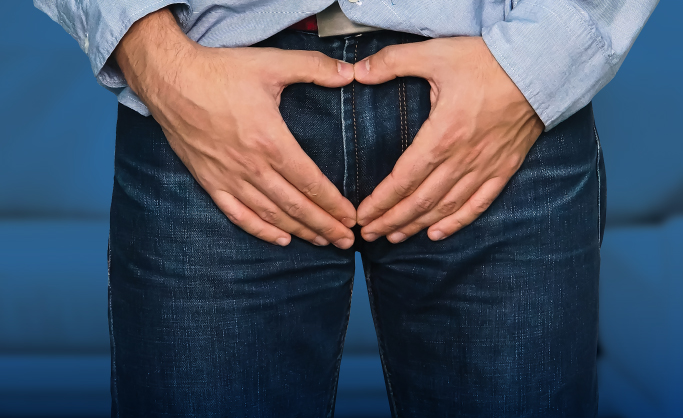There are three major prostate diseases: benign prostatic hypertrophy (BPH) or enlarged prostate, prostatitis or inflammation of the prostate and prostate cancer. After the age of 40, it is important that you do not confuse the symptoms of these three conditions. Examination by a doctor becomes more than important.
Excerpt from the new edition
Prostate Cancer – Understand the disease and its treatments; Fred Saad, MD, FRCSC and Michael McCormack, MD, FRCSC; Fifth edition, entirely revised and updated, 2019
Trouble urinating may lead men to believe they have prostate cancer. However, while it is true that this is one of the symptoms of the disease, non-cancerous prostate diseases are most often the cause of urinary problems and are more common than cancer. A doctor should be consulted for a clear diagnosis.
Benign Prostatic Hyperplasia
After the age of 30, the prostate begins to enlarge slowly. This phenomenon is still not completely understood, although testosterone is known to be a contributing factor. Because it surrounds the urinary canal, the gland can block the passage of liquid through this canal as it enlarges, leading to various possible symptoms, such as difficulty urinating, reduced urine stream, inability to completely empty the bladder, constant need to urinate, or urine leaking or dripping. These obstructive and irritative symptoms are known as lower urinary tract symptoms (LUTS) or prostatism.
Although unpleasant, benign prostatic hyperplasia is non-cancerous. In fact, it is a common disorder that affects nearly all men as they age (about 25 percent require treatment). A doctor can prescribe medication to ease the symptoms; in more serious cases, surgery may be required to remove the part of the prostate that is causing the obstruction.
Prostatitis
Infectious prostatitis can be caused by bacteria from a urinary or sexually transmitted infection. This acute disease generally causes the following symptoms: high fever, chills, lower abdominal pain, back pain, frequent need to urinate, burning during urination and ejaculation, and difficulty urinating or ejaculating. In some cases, there is blood in the semen. Antibiotic treatment will usually clear the infection.
Some men experience lower abdominal pain during urination or ejaculation even in the absence of infection. While this condition used to be called chronic prostatitis, it is now known in the medical community as chronic pelvic pain, since it is a disorder that is little understood and may not be related to the prostate. Treatment may take the form of antibiotics, anti-inflammatories or relaxants for the smooth muscles of the prostate.
You have questions or concerns? Contact us at 1 855 899-2872 to discuss this with a nurse specialized in uro-oncology.



 ADDITIONAL RESOURCES
ADDITIONAL RESOURCES

